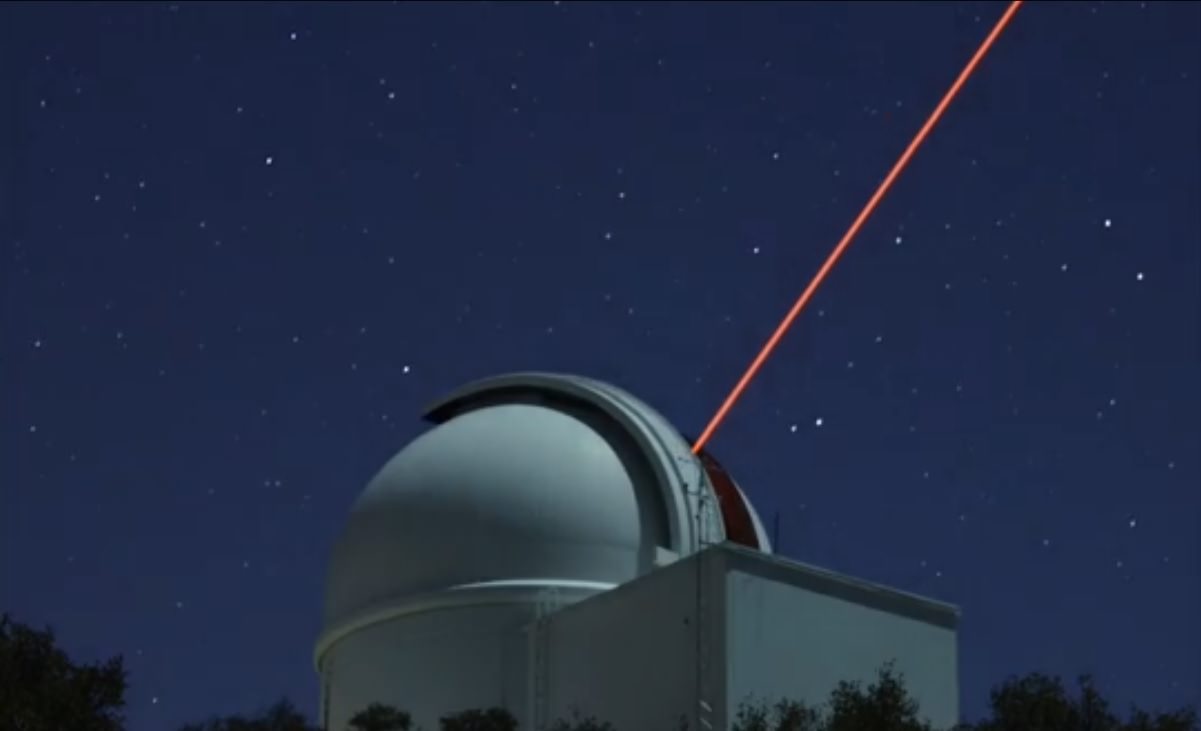There’s a group of people probing exoplanets with a laser robot, and the results are showing a few surprises. Specifically, a survey of “hot Jupiters” — the huge gas giants in tight orbits around their parent stars — shows that they are more than three times likely to be found in double star systems than other kinds of exoplanets.
The robotic laser adaptive optics system, which is installed on California’s Palomar Observatory’s 1.5-meter telescope, also discovered double star systems that each have their own planetary systems, rather than sharing one.
“We’re using Robo-AO’s extreme efficiency to survey in exquisite detail all of the candidate exoplanet host stars that have been discovered by NASA’s Kepler mission,” stated Christoph Baranec, a researcher at the University of Hawaii at Manoa’s Institute for Astronomy who led a paper on Robo-AO results.
“While Kepler has an unrivaled ability to discover exoplanets that pass between us and their host star, it comes at the price of reduced image quality, and that’s where Robo-AO excels.”
Lasers and adaptive optics are commonly used to account for changes in the atmosphere. A computer system helps the mirror change shape as the atmosphere swirls, providing clearer images for astronomers.
The Robo-AO survey cited looked at 715 candidate exoplanet systems that were first tracked down by NASA’s planet-hunting Kepler space telescope. The team is now planning to tackle the rest of the 4,000 Kepler planet candidate hosts.
Results from Robo-AO have been published in The Astrophysical Journal, here and here. You can also see a preprint version of one of these journal articles here.

